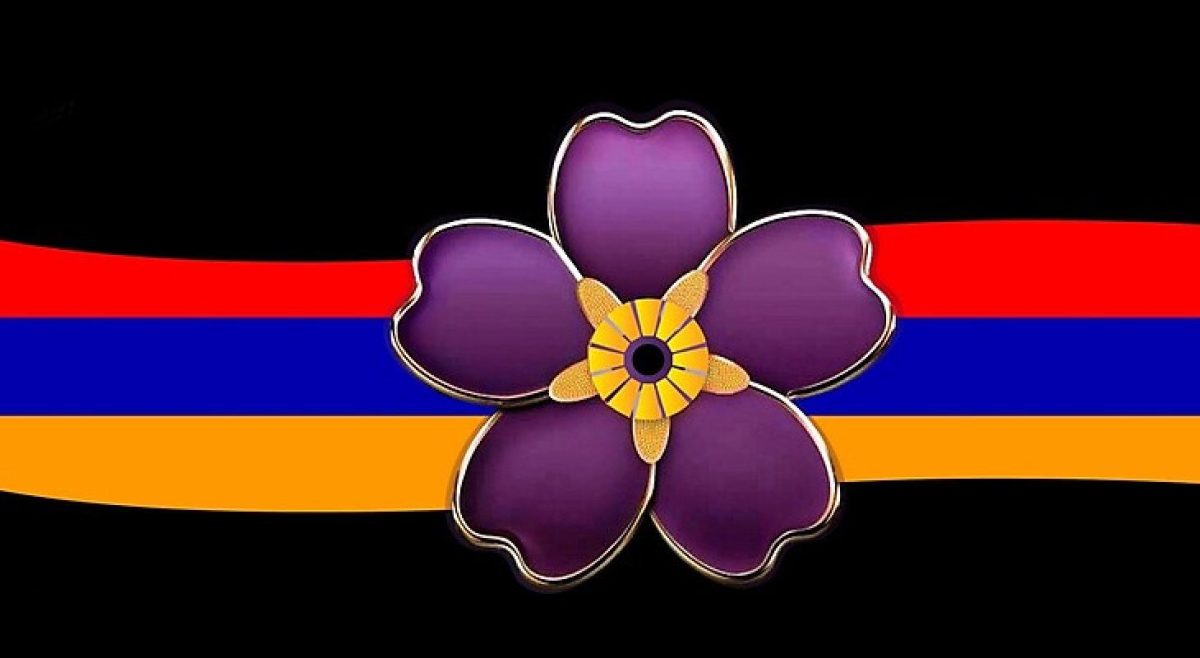
Remembrance Day is now honored in cities around the world. Photo curtesy of West Los Angeles College.
Each year on April 24, we honor the memory of the 1.5 million Armenians systematically murdered in the Ottoman Empire during and after World War I. Known as Armenian Genocide Remembrance Day, it serves not only to commemorate the victims but to affirm a collective pursuit of truth, justice, and the prevention of future atrocities.
April 24, 1915, marks the date widely recognized as the beginning of the genocide. On this day, hundreds of Armenian intellectuals and community leaders were arrested in Constantinople (now Istanbul) by the Ottoman government. This initiated a brutal, coordinated campaign of extermination, including mass executions, forced deportations, and death marches through the Syrian desert.
Driven by ethnic hatred, religious intolerance, and political instability in a collapsing empire, the predominantly Christian Armenian population—long treated as second-class citizens—became the target of propaganda and scapegoating. Ottoman leaders accused Armenians of collaborating with enemy forces during wartime chaos, and used this false narrative to justify widespread persecution and mass murder.
Entire villages were eradicated. Civilians were displaced, starved, raped, and executed. Women and children were sold like property. The violence was not random—it was deliberate and systematic, designed to erase an entire people. Historians and scholars widely recognize this as the first genocide of the 20th century.
Yet, to this day, the Republic of Turkey denies the genocide. It argues the deaths occurred during civil unrest, not as part of a targeted campaign against Armenians. This denial deepens the wounds of survivors and their descendants, making recognition and remembrance all the more vital.
Despite overwhelming historical evidence and the acknowledgment of the genocide by most scholars and many governments, political and diplomatic complexities continue to slow official recognition. Still, Armenian communities around the world gather every April 24 to mourn, protest, and advocate for justice.
In Armenia, thousands gather at the Tsitsernakaberd Genocide Memorial in Yerevan, laying flowers at the eternal flame. In the diaspora, remembrance takes many forms—from candlelight vigils to marches in cities such as Los Angeles, Paris, Beirut, and New York. These events are not only commemorations; they are acts of resistance.
In New York City, thousands join the annual March for the Commemoration of the Armenian Genocide, bringing the cause to the heart of one of the world’s most visible stages. Marchers—often beginning at churches like St. Illuminator’s Armenian Apostolic Cathedral and St. Vartan Cathedral—carry signs that read “1915 Never Again” and “Turkey Must Admit the Truth.” The marchers are joined by communities from New Jersey, Manhattan, and beyond, united in grief, memory, and resolve.
These gatherings are deeply personal. Grandchildren of survivors sing and cry as they march. They carry not just banners, but legacies. For many Armenians, this isn’t distant history—it’s family history. Nearly every Armenian family holds stories of survival, loss, and resilience. Remembering connects generations, allowing space for both mourning and healing.
Remembrance is not only an act of honoring the past but a moral imperative. Forgetting invites repetition. Acknowledging the Armenian Genocide defends truth and helps safeguard future generations from similar fates. The legacy of genocide must serve as a test of our shared humanity—a call to reject indifference and confront injustice wherever it exists.
Candlelight vigils, memorial services, and public marches are not just symbols; they are promises. Promises that those who suffered will not be forgotten. Promises that the dead are honored not just in memory, but in our collective demand for justice.
The Armenian Genocide is a matter of history—but remembering it is a responsibility. It is how we bear witness to lives lost, protect the truth, and proclaim: never again.